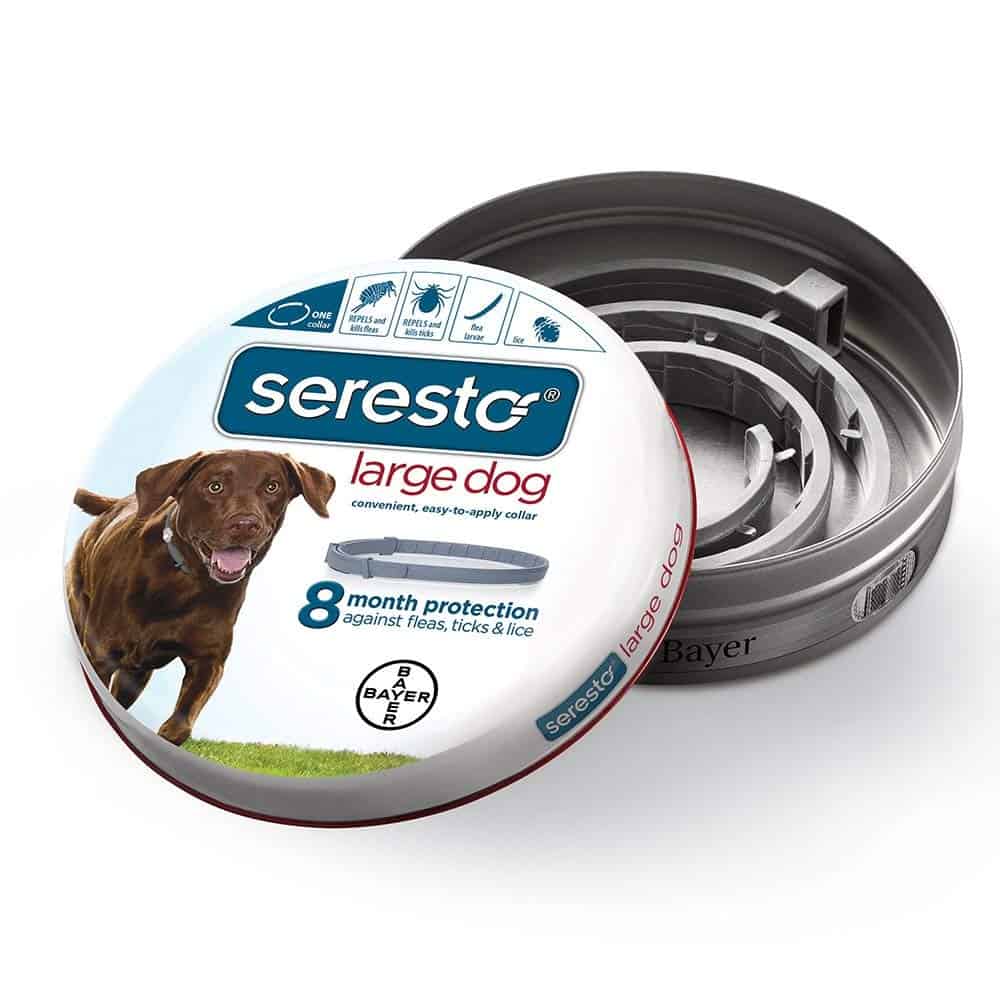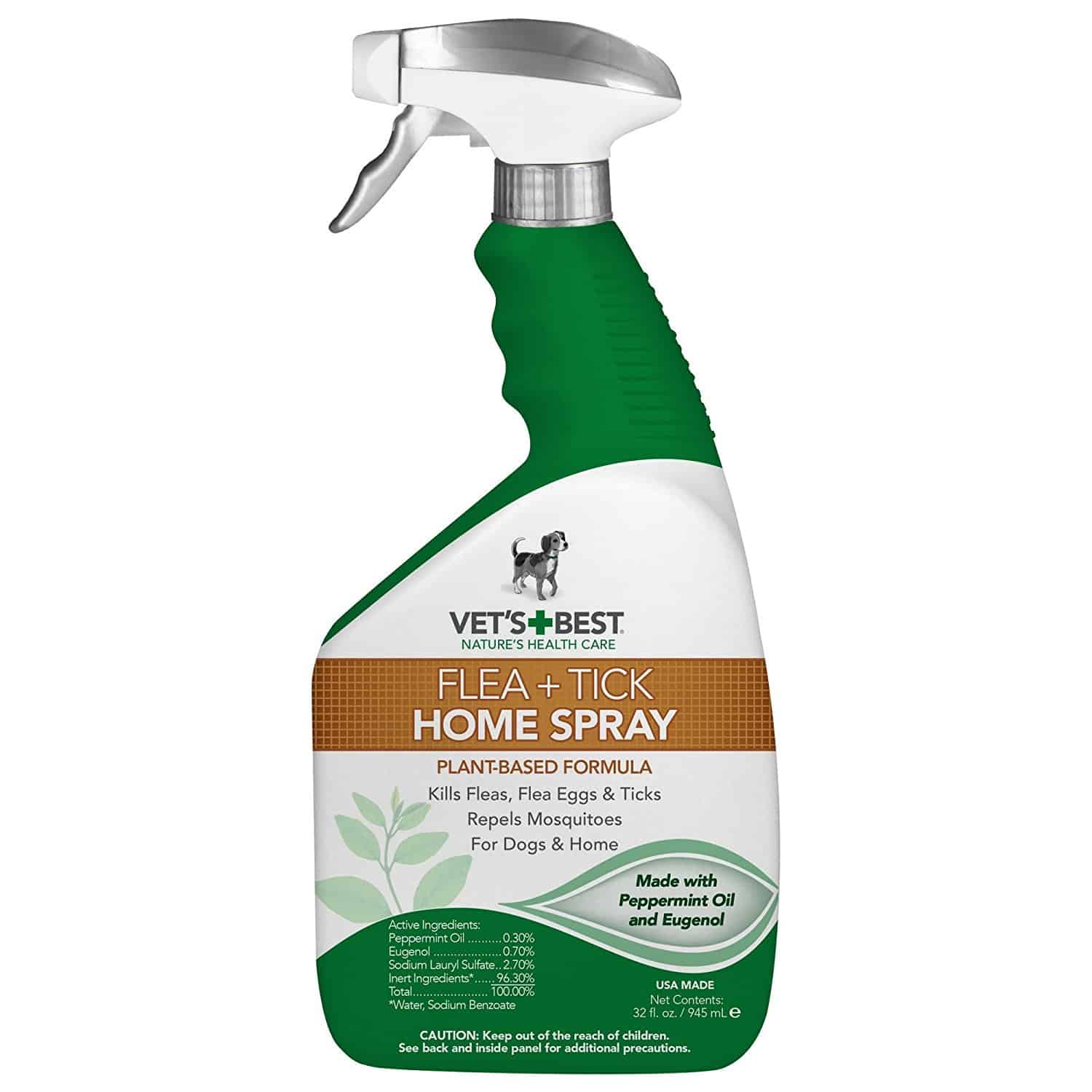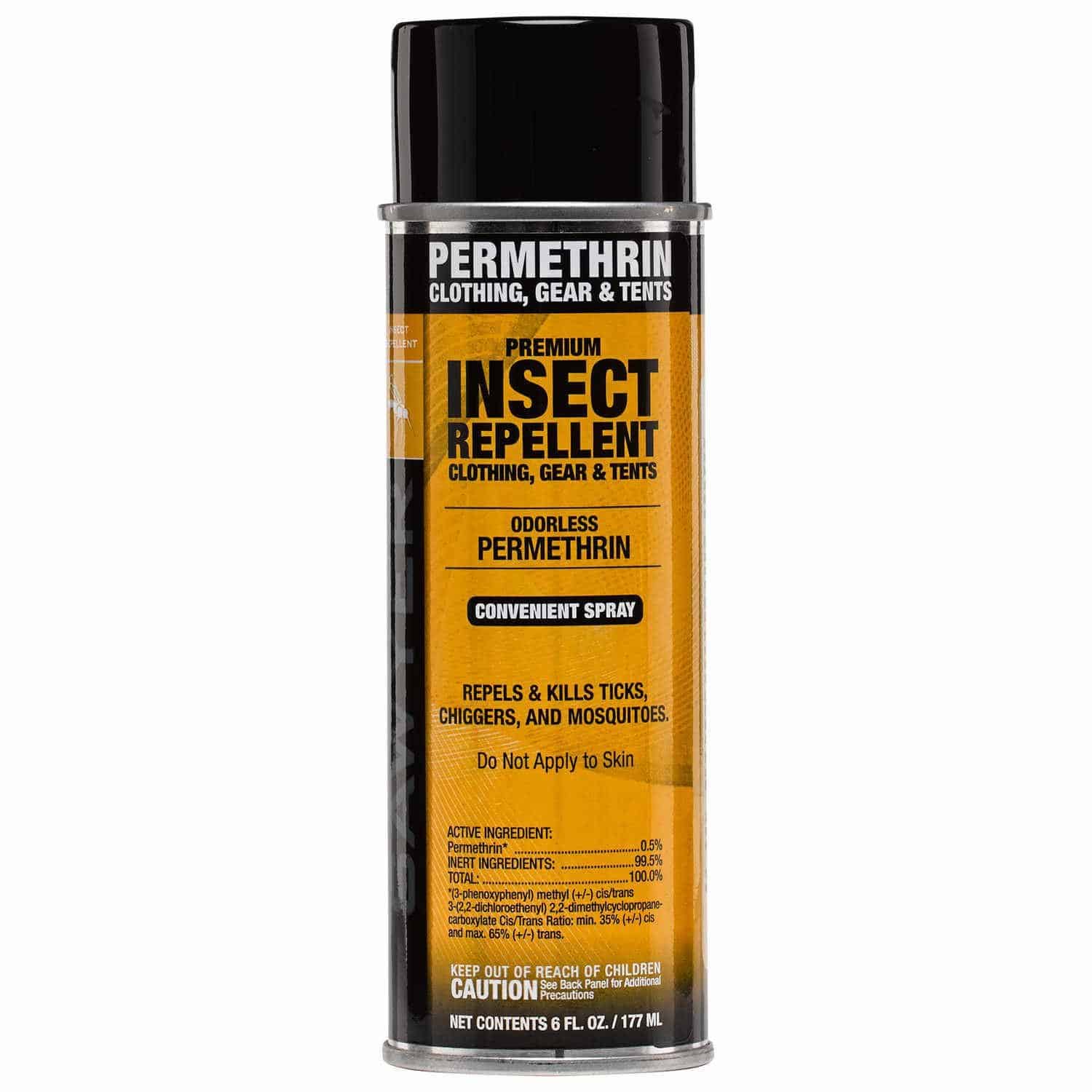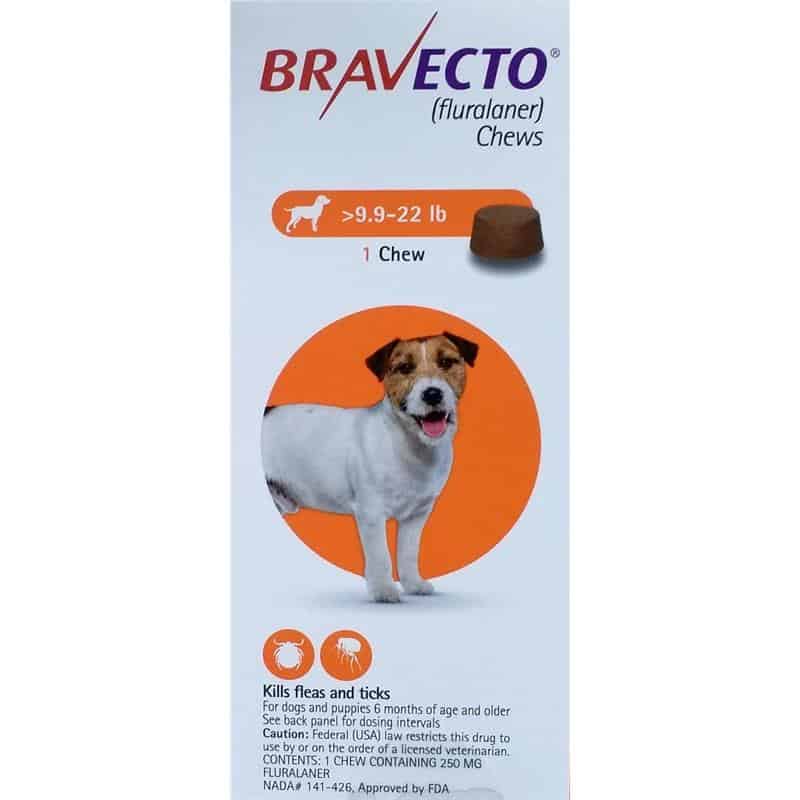Please note that some of our links are affiliate links, which means at no additional cost to you, we will earn a commission if you click through & make a purchase. Happy clicking!
Franklin looks so cute, enjoying his hike romping through the tall grass- but it’s what you CAN’T see that can really hurt him- TICKS!
For the past few years, ticks have been just AWFUL and getting worse! While our first little cockapoo Benjamin only had a few ticks during his whole lifetime, our cocker spaniel Franklin used to get them every single hike!
I’ve even had to pluck one out of own my arm. No fun!
The remedies we tried wouldn’t repel ticks for long, but eventually we worked out a solid plan for all of us to avoid a tick infestation on our road trips – including our newest edition, Hazel.
The What, When, How of Ticks
Ticks are arachnids with eight legs and a voracious, bloody appetite. They are most active and plentiful in spring and fall, but these days, we see them year-round here in Pennsylvania.
Ticks aren’t jumpers. Instead, they perch on leaves or grasses with their first pair of legs outstretched, waiting to climb on for a ride…and a meal!
They hardily attach to the skin and live by feeding on the blood of people, pets, birds, and other animals (especially deer in Pennsylvania).
They can stay attached for up to 10 days, but typically fill up and fall off after 3 days.
Ew.
Their bites can be harmless…but they can also carry a bunch of awful diseases outlined by the Centers for Disease Control and Prevention, like Lyme disease and Rocky Mountain spotted fever. All of these start with different types of rashes, including the most common in our area- an expanding bulls-eye rash at the bite site.
The University of Rhode Island’s TickEncounter Resource Center has a complete guide to identifying tick types- plus a ton of other interesting facts and photos if you’d like more information.
Protecting Pets from Ticks
Our first cockapoo Benjamin got a chemical burn from a preventive monthly tick chemical we applied along his back. Next, we tried a monthly preventive pill version that also didn’t work very well.
Thus began our quest to find adequate, safe tick protection.
We knew we hit the perfect mix when our English cocker spaniel Franklin made it through tick-infested Sky Meadows State Park in northern Virginia in late-May virtually tick-less.
By “virtually”, I mean we still picked almost 40 ticks out of his fur, but, thankfully, NONE of them had attached to his skin!
WIN!
Here was the winning combination of tick protection that day:

Soresto Collar
The collar is conveniently adjustable & has no scent- PLUS, it repels fleas & ticks for EIGHT MONTHS! Both of our dogs keep theirs on all the time and haven't had any reaction or irritation to them.

Vet's Best Flea & Tick Pet & Home Spray
This can be sprayed on their bedding & sometimes directly on them, just to be double safe. The smell isn't overpowering and best described as a strong peppermint/clove combo.
Once Benjamin was gone and Hazel came along, she was so small and the Soresto Collar agitated her. It always seemed to be very high up around her neck, and I became concerned it was too close to her face.
We decided to try a chewable called Bravecto for both Franklin and Hazel.
While Bravecto is more expensive than Soresto and only lasts 3 months, it’s just one small chew and not a hassle when getting groomed or going swimming (like removing the collar). You can still use the spray for bedding, too.
Using this combination for the last few years, we have not had any tick attachers, thankfully, and both dogs have not had any adverse reactions to the chewable or the spray.

Protecting People from Ticks
I have always been a huge attraction for spiders, mosquitoes, and bees! They are probably crawling on me if I’m outside- and ticks are no different!
Because of this, we use both a clothing/gear spray AND a skin spray to protect ourselves.
While I’d love to be organic and natural, unfortunately I’ve tried those sprays for years with zero luck. They don’t work for more than a few minutes, and the bites are too dang painful to play around with.
If you happen to have an organic/natural solution that works and lasts, please let us know! We’d love to give it a try!
For now, we use this combo for ourselves:

Sawyer Permethrin Premium Clothing Insect Repellent
You have to spray this outside, but it protects your gear and clothing for up to six weeks or washings.

Buggins Insect Repellent IV
Because I have sensitive skin, I have to go with the no fragrance, no extra chemical option.
Recording and Reporting Your Ticks
Through a program called TickSpotter from the University of Rhode Island’s TickEncounter Resource Center, YOU can become an important part of monitoring tick populations & illnesses!
Take a photo of any tick you see, note the date/time/location, answer a few simple questions, submit the form, and you are on your way to helping out!
Removing Ticks
Even though we’ve shared some great preventive measures for you and your pets, what if you find a tick already attached?
In addition to assembling an amazing amount of information about ticks, the University of Rhode Island also produced this video a few years ago to help you understand how to remove a tick:
Advice or Remedies to Share?
Please share below in our Comments!
We’d love to hear how you and your crew have been successfully dodging ticks!




